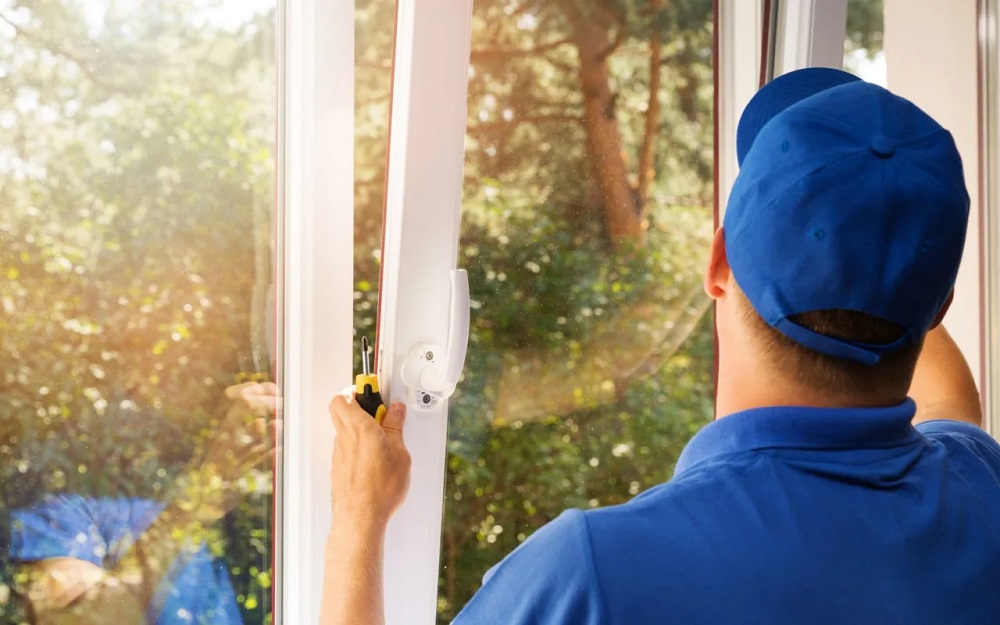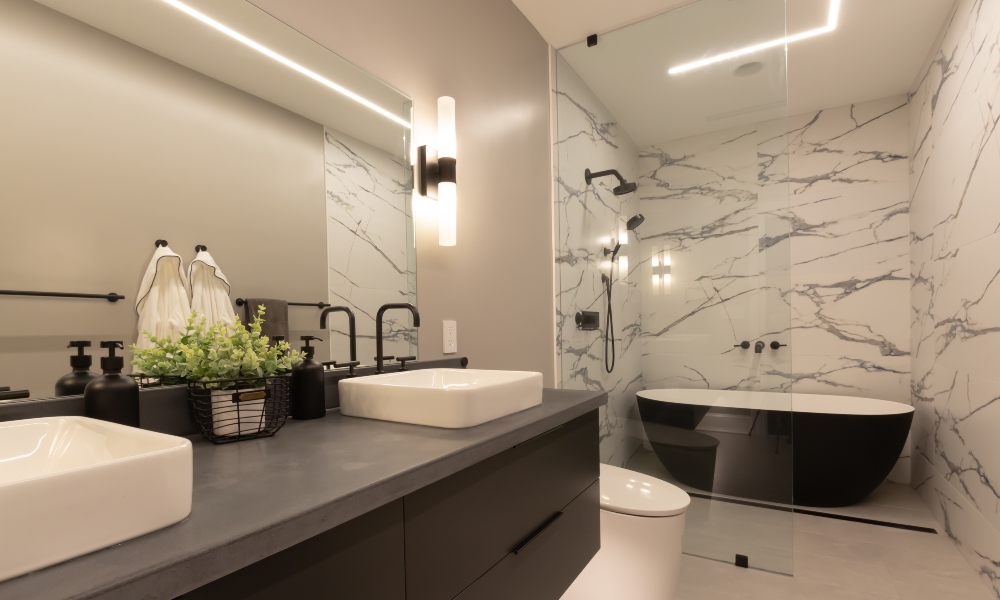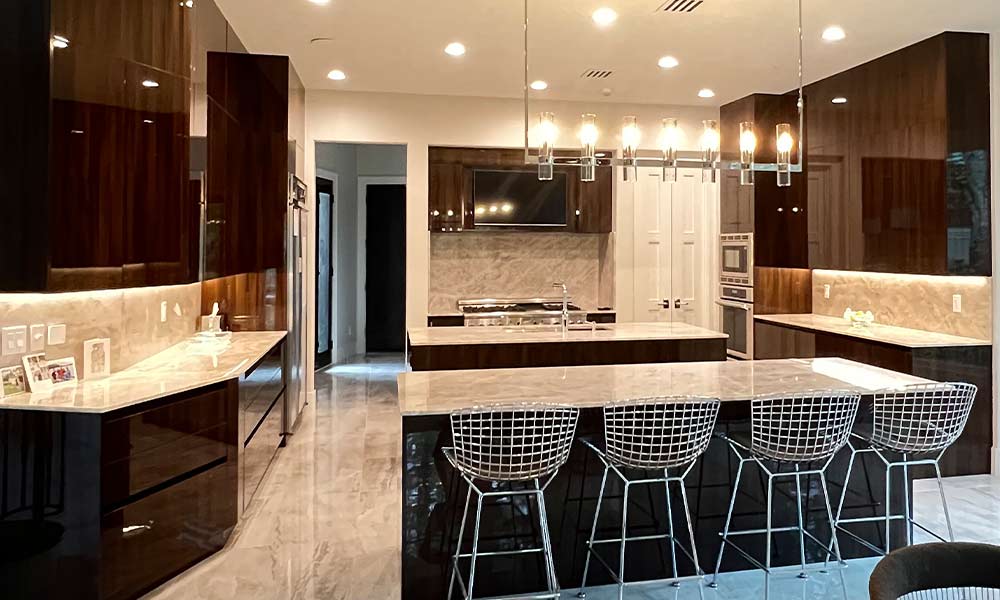If you’re looking to create a quiet home office, a peaceful bedroom, or a dedicated space for music or movies, soundproofing a room in your home can make a world of difference. While professional soundproofing can be costly, there are plenty of DIY methods that are effective and affordable.
This step-by-step guide will walk you through the process of room soundproofing, helping you to achieve a quieter, more comfortable environment.
Step 1: Identify the Sources of Noise
Before you start soundproofing, it’s essential to identify the sources of noise and how they enter the room. Common noise sources include:
- External Noise: Traffic, neighbours, construction, or other outdoor activities.
- Internal Noise: Noise from other rooms in the house, such as footsteps, conversations, or appliances.
Determine whether the noise is coming through walls, floors, ceilings, windows, or doors, as this will guide you in selecting the appropriate soundproofing methods.
Step 2: Seal Gaps and Cracks
One of the most straightforward and cost-effective ways to soundproof a room is to seal gaps and cracks where sound can leak through. These gaps are often found around doors, windows, and electrical outlets.
Materials Needed: Acoustic caulk, weatherstripping, door sweeps, outlet sealers.
- How to Do It:
- Windows: Apply weatherstripping around the edges of windows to seal gaps.
- Doors: Install a door sweep at the bottom of the door and use weatherstripping around the frame.
- Outlets and Light Switches: Use outlet sealers to prevent sound from passing through electrical outlets and light switches.
- Walls and Baseboards: Apply acoustic caulk to seal any gaps or cracks in walls, baseboards, and around the edges of the room.
Step 3: Add Mass to the Walls
Sound travels through vibrations, so adding mass to your walls can help to block and absorb these vibrations, reducing noise transmission. There are several ways to add mass to your walls:
Materials Needed: Mass Loaded Vinyl (MLV), drywall, acoustic panels.
- How to Do It:
- Mass Loaded Vinyl (MLV): Install MLV on the walls to add density. It can be attached directly to the existing walls or sandwiched between layers of drywall.
- Double Drywall: Consider adding an additional layer of drywall to your walls for improved soundproofing. For even better results, apply a damping compound like Green Glue between the layers. This will help absorb and reduce sound transmission more effectively.
- Acoustic Panels: Install acoustic panels on the walls to absorb sound and reduce echo. These panels are particularly effective in rooms where sound quality is important, such as home theatres or recording studios.
Step 4: Insulate the Walls and Ceiling
Insulation plays a role in room soundproofing by absorbing sound within the walls and ceiling cavities. Proper insulation can significantly reduce noise transmission between rooms.
Materials Needed: Fibreglass insulation, mineral wool, resilient channels.
- How to Do It:
- Fibreglass Insulation: If your walls are accessible, such as during a renovation, install fibreglass insulation in the wall cavities. This will help absorb sound and reduce noise transfer.
- Mineral Wool: For enhanced soundproofing, consider using mineral wool insulation, which is denser and more effective at sound absorption than standard fibreglass.
- Resilient Channels: Install resilient channels on the ceiling or walls before adding drywall. These metal channels create a gap between the drywall and the framing, which helps to decouple the surfaces and reduce sound transmission.
Step 5: Soundproof the Floor
Soundproofing the floor is especially important if you’re dealing with impact noise, such as footsteps or moving furniture. Adding a layer of soundproofing under your flooring can make a significant difference.
Materials Needed: Soundproof underlayment, carpets or rugs, floor mats.
- How to Do It:
- Soundproof Underlayment: If you’re installing new flooring, use a soundproof underlayment beneath it. Cork, rubber, or foam underlayment materials are effective at reducing impact noise.
- Carpets and Rugs: Adding thick carpets or rugs can help absorb sound and reduce noise transmission, particularly in rooms with hard flooring like tile or wood.
- Floor Mats: In high-traffic areas, consider placing floor mats to further reduce impact noise.
Step 6: Soundproof the Windows
Windows are one of the weakest points in a room when it comes to soundproofing, as they can easily allow external noise to enter. There are several methods to soundproof your windows:
Materials Needed: Soundproof curtains, window inserts, double glazing.
- How to Do It:
- Soundproof Curtains: Hang thick, heavy soundproof curtains over your windows. These curtains are designed to absorb sound and block noise from outside.
- Window Inserts: Install window inserts, which are clear acrylic or glass panels that fit inside your existing window frames. These inserts create an additional barrier against noise.
- Double Glazing: If possible, upgrade to double-glazed windows. The extra layer of glass and the air gap between the panes provide better insulation against sound.
Step 7: Address the Ceiling
If noise from above is an issue, soundproofing the ceiling can help reduce it. This is particularly important in multi-storey homes or apartments.
Materials Needed: Acoustic ceiling tiles, drop ceiling, resilient channels.
- How to Do It:
- Acoustic Ceiling Tiles: Install acoustic ceiling tiles to absorb sound and reduce noise from above. These tiles are often used in office spaces but can also be effective in homes.
- Drop Ceiling: Consider installing a drop ceiling with soundproof tiles. This creates a gap between the original ceiling and the new ceiling, which helps to reduce sound transmission.
- Resilient Channels: As with walls, resilient channels can be installed on the ceiling before adding drywall to decouple the ceiling from the framing, reducing noise transmission.
Step 8: Use Furniture and Decor for Sound Absorption
Your choice of furniture and decor can also contribute to soundproofing by absorbing sound and reducing echoes in the room.
Materials Needed: Bookshelves, heavy curtains, wall hangings, cushions.
- How to Do It:
- Bookshelves: Place bookshelves filled with books against shared walls. The mass of the books and shelves can help block and absorb sound.
- Heavy Curtains: In addition to soundproof curtains for windows, consider using heavy drapes or curtains on walls or as room dividers to absorb sound.
- Wall Hangings: Hang tapestries, fabric panels, or even thick canvas artwork on the walls to absorb sound.
- Cushions and Upholstered Furniture: Use cushions and upholstered furniture to absorb sound and reduce noise within the room.
Step 9: Test and Adjust
Once you’ve implemented your soundproofing measures, spend some time testing the results. Sit quietly in the room and listen for any remaining noise that may be coming through. Walk around to identify any areas where soundproofing could be improved.
- Check for Noise Leaks: Pay attention to any remaining noise leaks, such as through doors, windows, or small gaps.
- Adjustments: If necessary, add more soundproofing materials, such as additional weatherstripping, more acoustic panels, or thicker curtains.
- Test with Sound: Play music or noise in adjacent rooms or outside to test how well the soundproofing works.
Conclusion
Soundproofing a room in your home doesn’t have to be a daunting or expensive task. Following these step-by-step guidelines and using affordable materials, you can effectively reduce noise and create a more peaceful environment.
If you’re working on a home office, a bedroom, or a home theatre, the right combination of soundproofing techniques will help you achieve the quiet, comfortable space you desire. With careful planning and attention to detail, you can enjoy the benefits of a soundproofed room without breaking the bank.




